
Review: Sonance Professional Series
Not Another In-Ceiling Speaker.
Review:/ Christopher Holder
Ho boy, just what the world needs… another in-ceiling speaker!
I hear you, but just un-roll your eyes long enough to hear out this ‘new’ entrant. Sonance, a big deal in the residential custom AV sector, is releasing its Professional Series. The range includes a total of 22 in-ceiling, pendant and surfacemount speakers that are designed to blend discreetly into the surrounding environment with both high-impedance and 8 Ohm performance.
A Sonance swat team recently circled the world preaching the Professional Series difference, headed by Kent Sheldon (VP International Business Development) and Todd Ryan, its long standing chief speaker designer. I met Todd over breakfast and he strikes me as a humble man, but clearly he thought the status quo of work-a-day commercial install speakers left quite a bit to be desired.
“What we immediately noticed is the level of build quality in commercial speakers really doesn’t equal what we’ve been doing in the home custom install part of the industry. Around 12 years ago we invested the money into a Klippel distortion analyser. For a speaker designer it’s the greatest piece of equipment to discover all the things wrong with a speaker but not how to fix them! Which I’ve raised with Mr. Klippel on multiple occasions! I regard the Klippel distortion analyser almost as a religion, because you really have to be mentally and philosophically invested in wanting to use it and to improve your designs such that it measures well.”
TRUST THE PROCESS
Beware of the clever speaker designer who comes sniffing around your commercial AV patch with a machine that goes ping! But there’s more:
“We look at design very holistically. Let’s say we’ve got a six-inch speaker and it has a 60W transformer with a six-inch woofer, which, with a tuning of the enclosure, needs 6.5mm of excursion. A lot of people can do that calculation, but no one does… why bother? We on the other hand will use those measurements as a bare minimum and design the motor structure and the suspension parts such that they really do have that excursion. And even at the max tap setting the distortion level will still be at a point that Klippel has determined as not perceptible to human hearing. All that sounds easy but it takes months and months to conduct those tests for each woofer and tweeter. Once complete we moved onto the crossover design etc.”
TRANSFORMERS TO THE CORE
Okay, beware of a thorough and clever speaker designer. And one who actually questions the choice of transformers used in most commercial constant voltage loudspeakers.
“Competitors normally buy transformers based on price, not on getting the best audio performance out of them. I have an audiophile background. I know it’s a crazy world but I love it. I come from the angle where I’m trying to make something that sounds better. Where music sounds like music and a voice sounds natural. When you approach all speakers that way, it places pressure on the design. But once installed into a typical commercial retail or hospitality space, people listen to the music more, it’s not just noise — it’s actually something to enjoy.”
MORE INFO
Amber Technology: 1800 251 367 or www.ambertech.com.au

CUE THE BANDWIDTH
Beware of the idealistic, thorough, clever audiophile speaker designer.
“These second rate transformers have very limited bandwidth — very compromised in the bass, very compromised in the high end — and tend to have a lot of distortion. I did some research and found a company in Japan that uses a core material that doesn’t saturate nearly as badly as others, resulting in a much wider bandwidth. I looked at it and decided there was no point making drivers with all this excursion, with tweeters that go all the way up to 30kHz, and settle for a transformer that only goes down to 50Hz and up to 10kHz. So we invested that money into using a high quality core material.”
BETTER SOUND
Idealistic, thorough, clever and with a decent R&D budget. What next?
“We evaluated a lot of other speakers. Once you put them in most real world spaces, due to the choices they’ve made with the drivers and the crossover design, the in-room frequency response — the power response — is not nearly as smooth and free of gross deviations as people would want. As we learnt more, we discovered that there was quite a lot of DSP being applied to make these loudspeakers sound any good. That seemed wrong. Correcting for problems in the speaker? Should we be producing a speaker that requires that?”
It’s a rhetorical question. I’ve no doubt Todd thinks the speaker should sound good out of the box.
“As you look at the polar response from our speakers you can see that from the four-inch to the eight-inch two-way speaker, their in-room power response is very predictable. You have a speaker that has detail and low-level resolution and intelligibility you don’t tend to hear in other commercial speakers. You have frequency extension that you don’t tend to hear in commercial speakers. For the person installing it or the customer, the Professional Series has an evenness of coverage that makes it a really unique product.”
The Sonance Professional Series also retains its style nazi pedigree from dealing with style nazi architects and interior designers for 40+ years in the residential sphere. All the products look contemporary and smart. There are also some neat features installers will appreciate.
The Sonance Professional Series speakers can be teamed up with Sonance’s DSP 2-750 DSP-equipped 70V amplifier, or indeed with any of the Apart 100V amplifiers available through distributor Amber Technology.
This looks like a mature, well-considered product launch.

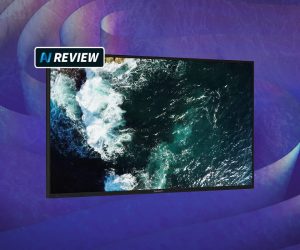
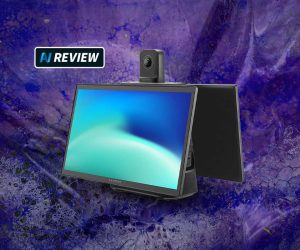
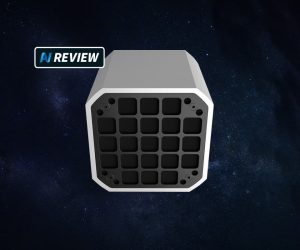

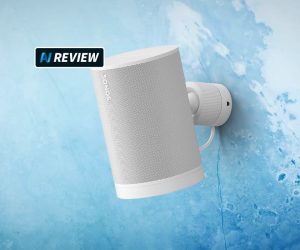
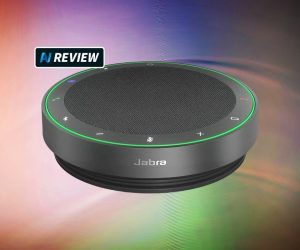
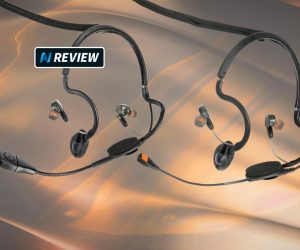
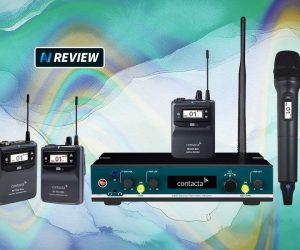
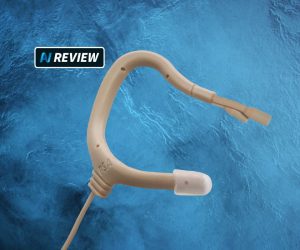
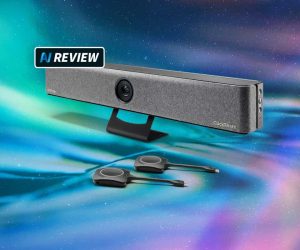
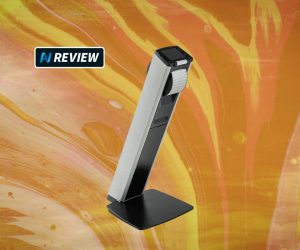
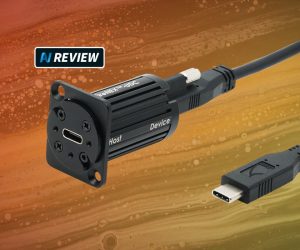


RESPONSES